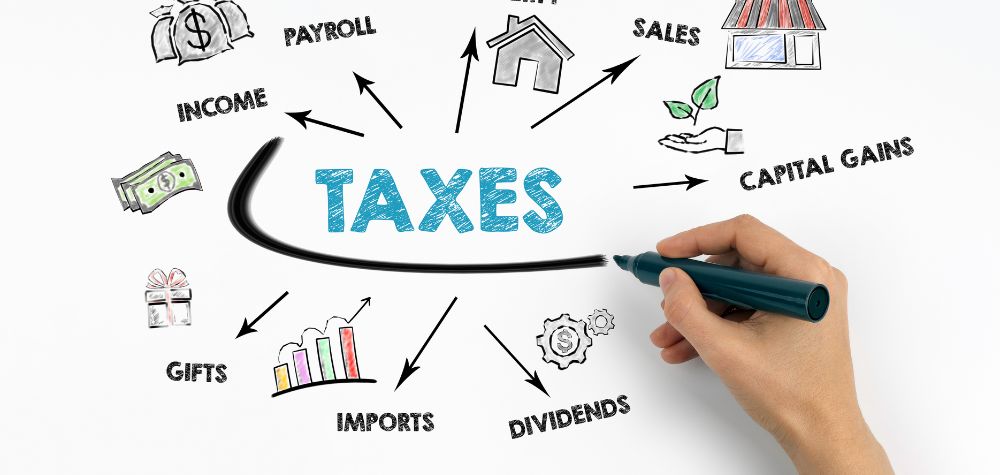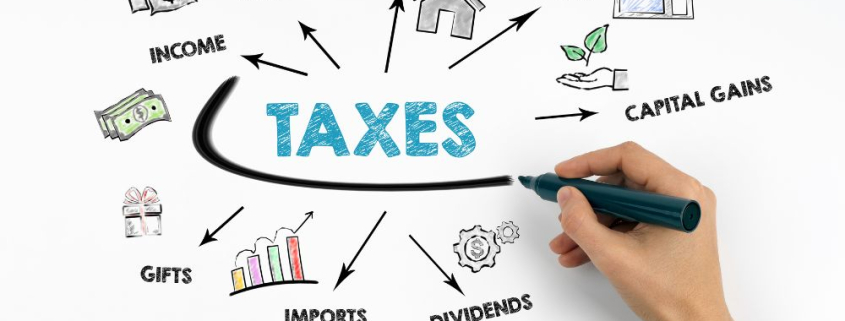What You Can & Can’t Claim For 2022-23’s Return

The 2022-2023 tax return may look different to your previous returns, but there’s a reason – and it’s probably due to an expiry date. Here are our top reasons that your tax refund this year might not feel as bountiful as the previous year (and a few others to remember when lodging)
Work From Home Deductions Changed
The shortcut method made available during the COVID-19 pandemic and lockdowns is no longer available to claim your running expenses with (at the rate of 80 cents per hour worked). Instead, these expenses can be claimed using the revised fixed rate method (67 cents per hour) or the actual costs method.
LMITO Is No Longer Available
The lower-middle income tax offset expired on 30 June 2022, making the 2021-22 return the final year that it was applicable. You may notice that your tax return looks a little different this year as a result.
Temporary Full Expensing Ceases 30 June 2023
The deadline for the expanded Temporary Full-Expensing measure has not been extended by the Federal Budget 2023-24, meaning that it will cease on 1 July 2023, and the write-off will revert to $1,000 from that date.
Businesses will likely feel a cashflow impact, as they will now need to spread depreciation deductions for assets more than $20,000 out over a number of years rather than claim them back up front.
Small Business Instant Asset Write-Off Returns
The instant asset write-off will return for the 2022-23 financial year (between 1 July 2023 to 30 June 2024). If you buy an asset to use for business purposes and it costs less than $20,000, you can immediately deduct the business portion of the cost in your tax return. This deduction is available for each asset that costs less than $20,000.
If you have any concerns, questions or confusion around your tax returns this financial year, make sure to speak with your trusted tax adviser. We are in the business of helping – how can we start?




